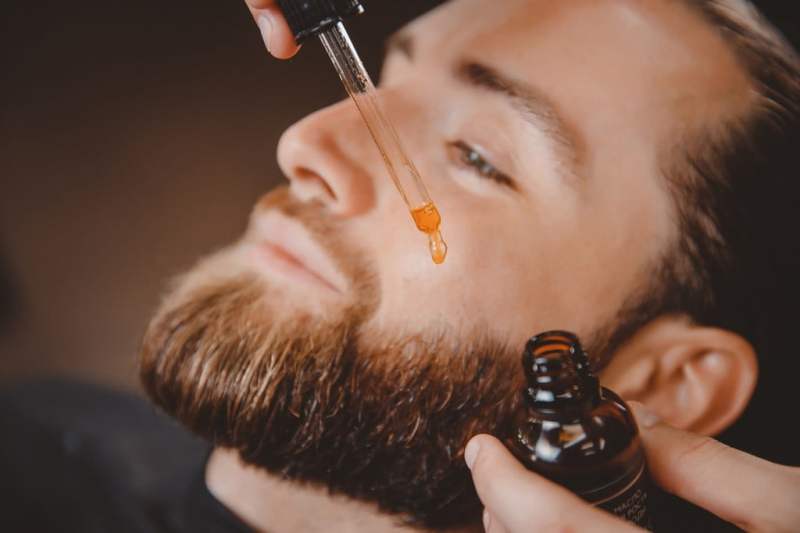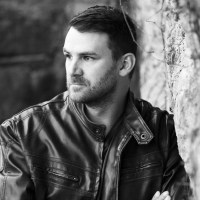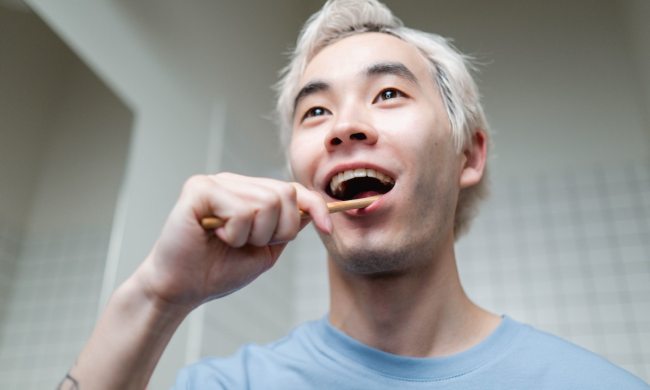
Growing the perfect beard is a lifelong quest for some, and though there are plenty of tips to help you grow a beard, sometimes you can benefit from a little outside intervention. You might have seen adverts for beard growth oil and wondered if that would help you grow a thicker and more lustrous beard, along with various other oils for softening or brushes and other tools to help maintain your skin.
There’s a lot of options when it comes to the world of facial hair grooming, because for your beard to look full and well groomed, you need to not only trim it to the right shape but also make sure that both the hair and the skin of your face are well looked after and in good condition. You might also just need to be patient, as it can take some time for facial hair to grow in to the length that you want. The basic advice for growing in a beard that looks great are to give it time and make sure you’re taking care of your health — like getting enough sleep, eating a health diet, and taking exercise. But we all know we’re supposed to do those things anyway, and there are some products that can help give your beard a nudge along the way.
Before you rush out to buy a bunch of products, though, it’s helpful to learn what works and what doesn’t when it comes to beard growth. You can buy beard growth oil on its own, or as part of a kit like The Beard Club’s beard growth kits which are handy for having everything you need in one package. But if you’re wondering whether your beard would benefit from beard growth oil, let’s dive in to how and why it can help your beard to grow in and look its best.
What is beard growth oil?

On the surface, beard growth oil might seem similar to the oil used to nourish and moisturize your beard down to the roots. Think of beard growth oil as a more fortifying, intensive oil meant to jumpstart the process rather than maintain it. Regular beard oil, after all, is beneficial to treat itchy skin and beard hair, but some beard growth oils pack more of a punch in terms of vitamins and crucial ingredients.
Beard growth oils often include ingredients that target multiple fronts, be it the moisturizing properties of jojoba oil, avocado oil, or the soothing properties of tea tree oil. It’s like a super cocktail of ingredients to revamp your facial hair.
In The Beard Club’s beard growth kits, for instance, the beard growth oil included features castor and coconut oil, which can stimulate the growth of facial hair that’s healthy and high-quality, not scraggly or patchy. Start at the root, quite literally, to grow a beard with strong (but not overly scratchy) hair, and you might be pleased and impressed by the results.
How does beard growth oil work?
That super cocktail of helpful oils and vitamins stimulates healthy hair follicles and breathes new life into strands that haven’t grown as quickly or fully. Vitamins in these oils (and a vitamin supplement like the ones found in The Beard Club’s helpful kit) also provide energy and nutrition to beard follicles.
Beard growth oil also works on moisturizing the skin under your beard, which also promotes healthy beard growth. It can also help reduce dandruff in your beard (and who wants that?) as well as work to reduce beard itch. The approach, of both moisturized skin and amped-up hair itself, often leads to improved, fuller beard growth.
Other benefits of beard growth oil

Besides promoting beard growth, these beard oils also have a number of other benefits. According to Healthline, beard oil can help make your beard look fuller, while also helping reduce those out-of-place hairs that can make your beard look unkempt.
There’s nothing worse than a smelly beard. Who needs that? Beard oil can help with that as well. Many beard oils have scents that you can use like a cologne to make your beard smell its best for that big date.
Healthline says to get the most benefit from beard oil, apply it after a shower and shampoo. Doing it this way will make sure your pores are open and your skin will absorb it. In the case of beard oil, the principle of less is more applies. If you use too much, instead of having a full, lush beard, you just might end up with a greasy, ungroomed mess.
Can beard oil help with a patchy beard?
It’s unfortunate that if your beard is growing in patchy, with some sections fuller than others, then beard oil probably won’t help the barer areas grow in thicker or fuller. However, beard oil can still help in this situation. That’s because beard oil will make the beard hair you do have appear thicker and more lustrous, and this can help to camouflage any thinner spots.
Patchiness in beard is due to hormones and genetics, so it’s not something that can necessarily be easily fixed. However, it doesn’t mean that the patchiness will last forever. It’s typical for younger people to have patchier facial hair, which thickens over time. So if you’re young and hoping to get a fuller beard, it might come through as you get older.
The other thing to remember is that length will help to disguise the patchiness as well. Like using beard oil to make your facial hair look thicker, having a longer beard will help cover over any thinner spots. So if you’re committed to a beard but it’s looking a bit thin for you now, then you can use some beard oil and keep growing it out, and see if you can get to a point where you’re happy with the fullness.
Are there any side effects of beard growth oil?
Notably, beard growth oil leads, first and foremost, to a healthier, fuller, and more complete beard! As with regular beard oil, there aren’t generally any ill side effects from using beard growth oil unless allergies are a factor. However, high-quality ingredients can often negate any potential negative impacts of using beard growth oil.
Long story short, beard growth oil is an ideal, safe way to improve the health of your beard hair and the skin beneath it. Used according to instructions, it can result in a beard so luscious you’ll be moved to upgrade to regular use of beard oil and beard wash. As we said, if you’ve been asking that all-too-common question, “Does beard growth oil work?” we’re here to say that yes, it can and hopefully will result in a beard you never thought possible.



